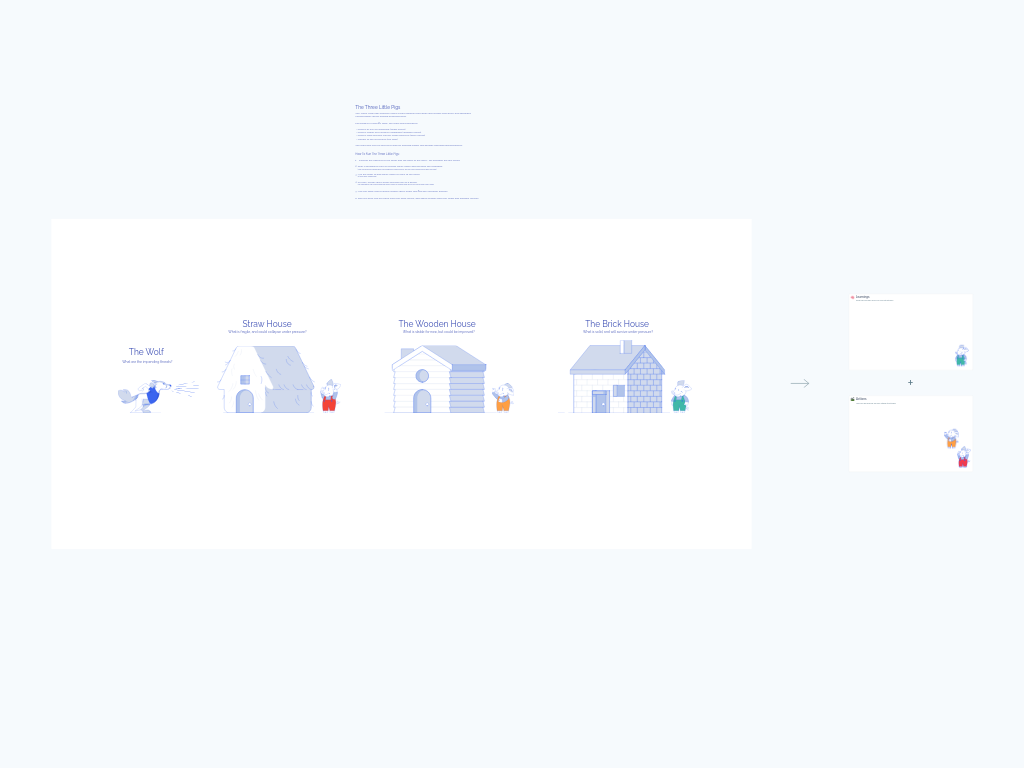Hopes & Concerns
A simple yet powerful warm-up activity that encourages teams to openly share their expectations and worries at the start of a new project, sprint, or workshop. This futurespective technique creates alignment, surfaces potential issues early, and builds team connection in just 10-15 minutes.
What Is a Hopes & Concerns Exercise?
The Hopes & Concerns template is a structured discussion format that helps teams communicate what they're looking forward to (hopes) and what they're worried about (concerns) before embarking on new work.
As a futurespective activity, it focuses on the future rather than the past, allowing teams to proactively address potential issues before they materialize. The template creates a balanced space for both positive expectations and legitimate worries, making it easier for team members to express vulnerability in a safe, constructive environment.
Benefits & When to Use
This exercise is particularly valuable:
- At the kickoff of a new project or initiative
- Before starting a challenging sprint
- At the beginning of workshops or planning sessions
- After significant team changes or reorganization
- When introducing new tools or processes
Teams that regularly use this activity experience:
- Improved psychological safety as concerns are normalized
- Better risk identification and mitigation planning
- Alignment on goals and expectations
- Increased empathy among team members
- Early surfacing of conflicting priorities or hidden assumptions
How to Run a Hopes & Concerns Session
Introduction (1 minute): Explain the purpose of the activity – to share both positive expectations and potential worries about the upcoming work.
Individual Reflection (5 minutes): Ask participants to silently add sticky notes to both the "Hopes" and "Concerns" sections. Encourage everyone to contribute at least one item to each area.
Group Discussion (5-10 minutes): Take turns reviewing the contributions in each section. Start with Hopes to establish a positive foundation, then move to Concerns. Look for patterns and themes as you discuss.
Optional Engagement (2 minutes): Invite participants to add reactions to the sticky notes they strongly agree with or feel are particularly important.
Synthesis (3 minutes): Summarize the key themes and discuss how the team will address major concerns while working toward their shared hopes.
Tips for a Successful Session
- Keep the session concise—it works best as a warm-up, not a main event
- Use the participant highlighting feature (click on someone's icon) to track whose notes you're reviewing
- Create a balanced atmosphere where both optimism and legitimate concerns are equally welcomed
- For larger teams, consider grouping similar notes together before discussion
- Document key concerns that might need mitigation plans or follow-up actions
- Revisit the hopes and concerns periodically throughout the project to track progress
- Use softer language like "concerns" rather than "fears" to reduce barriers to sharing
This lightweight activity creates immediate value by surfacing divergent expectations before they cause issues, setting the stage for more productive collaboration in your remote or hybrid team setting.



